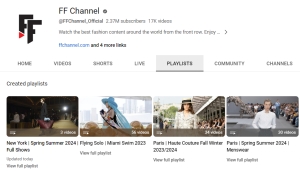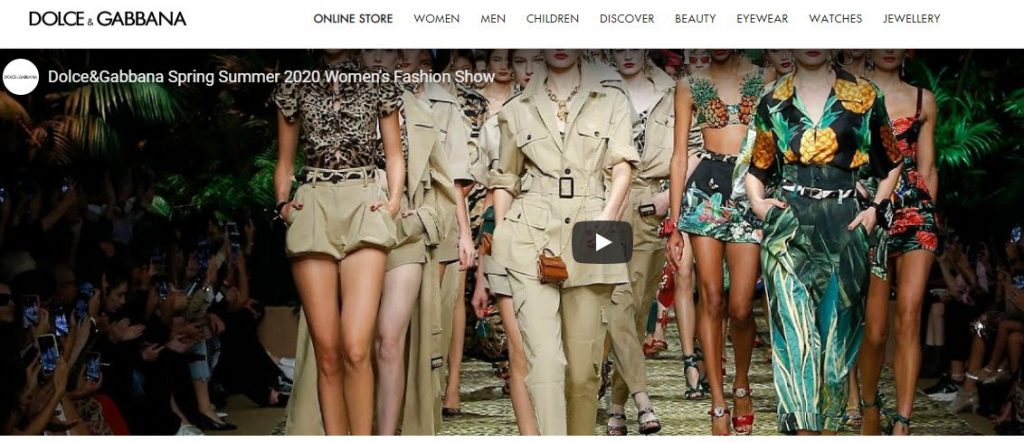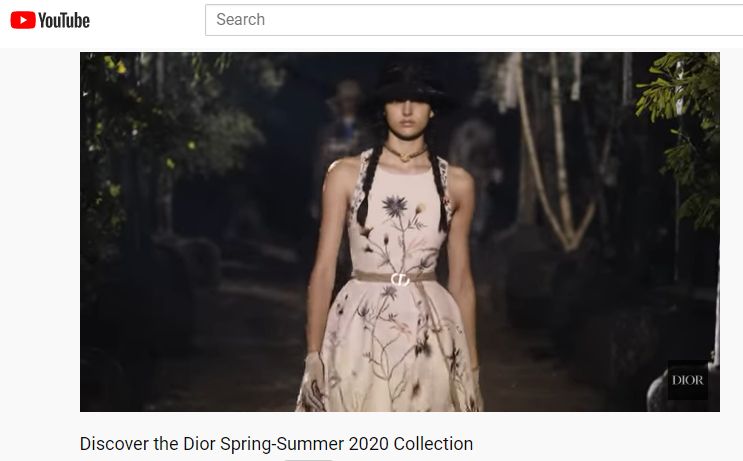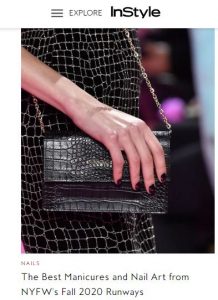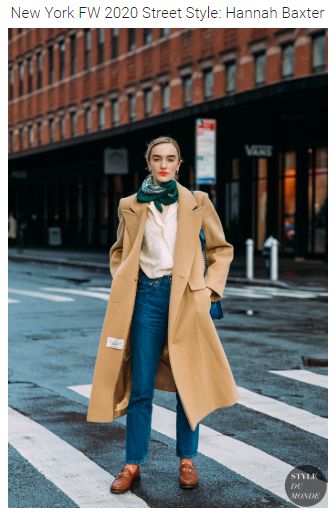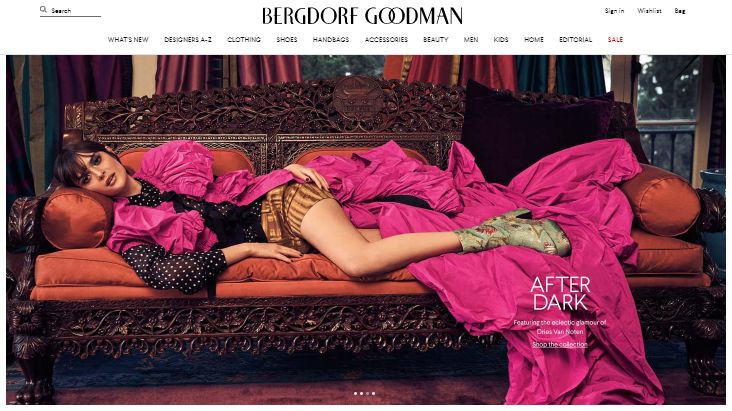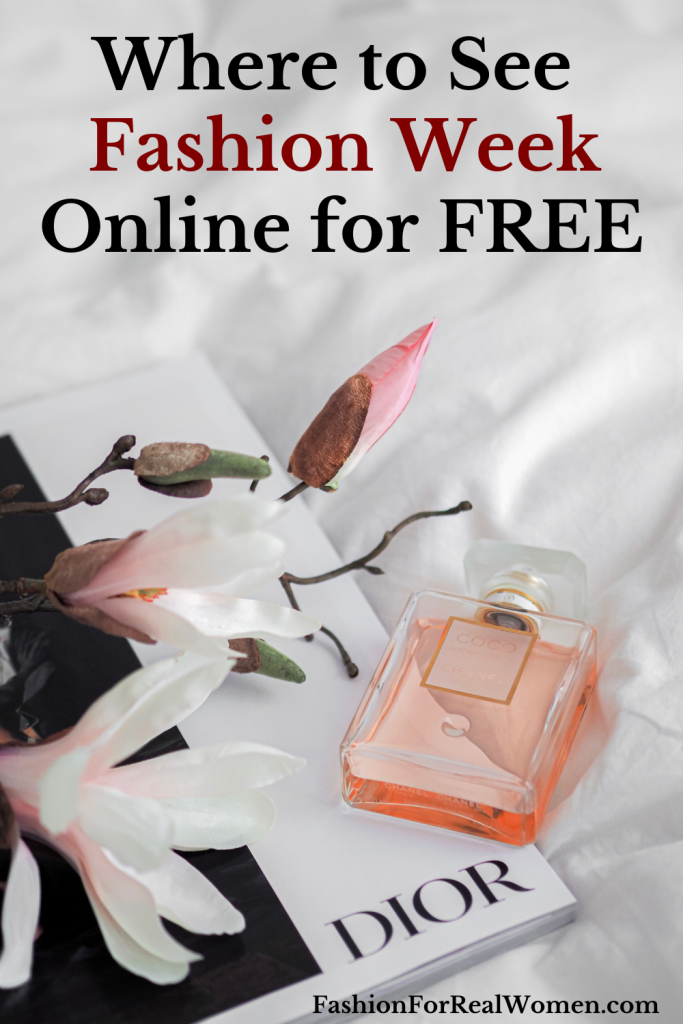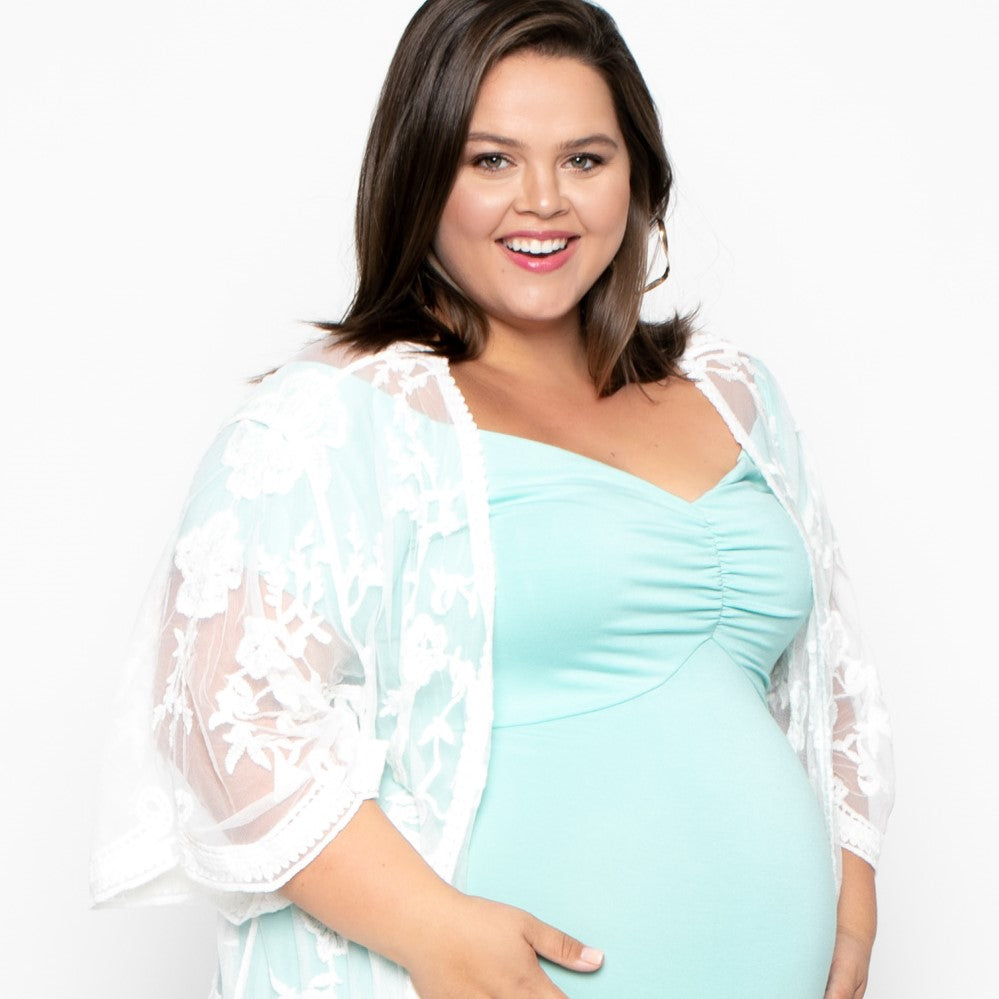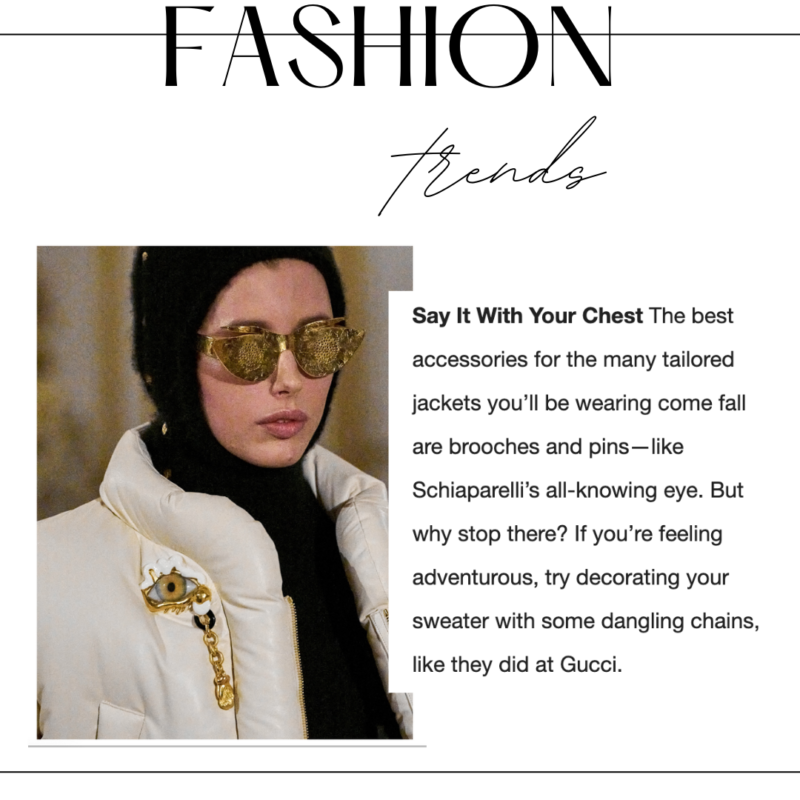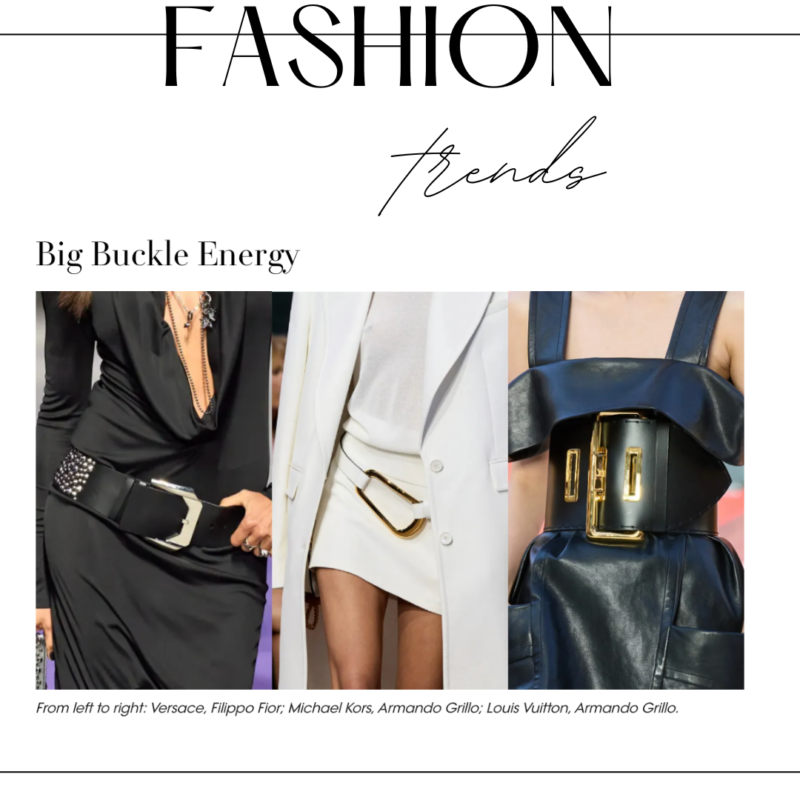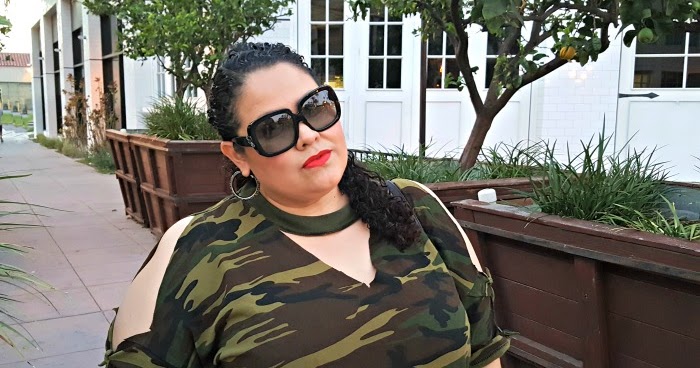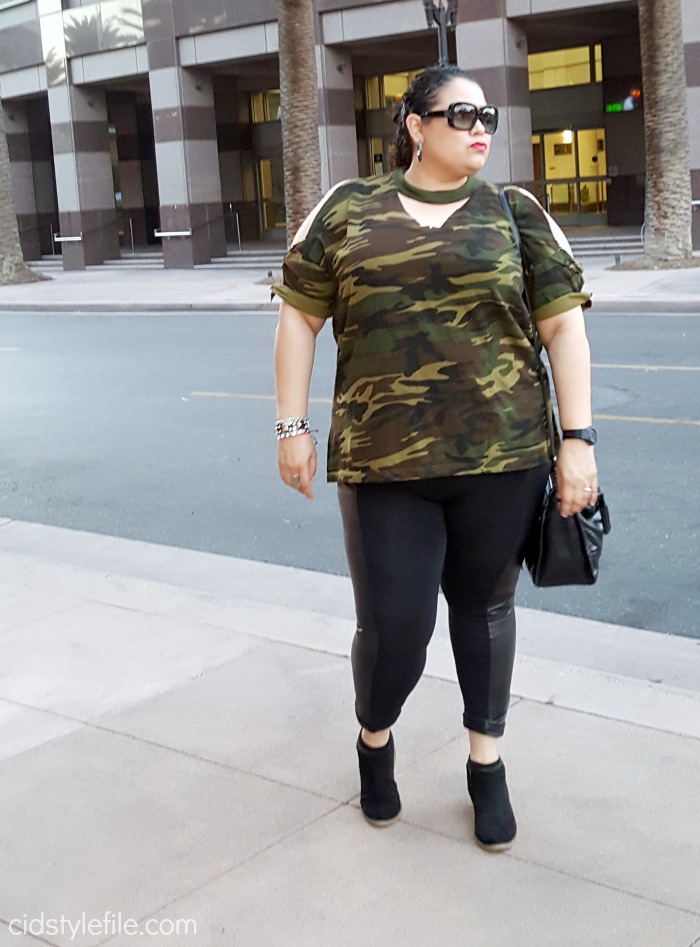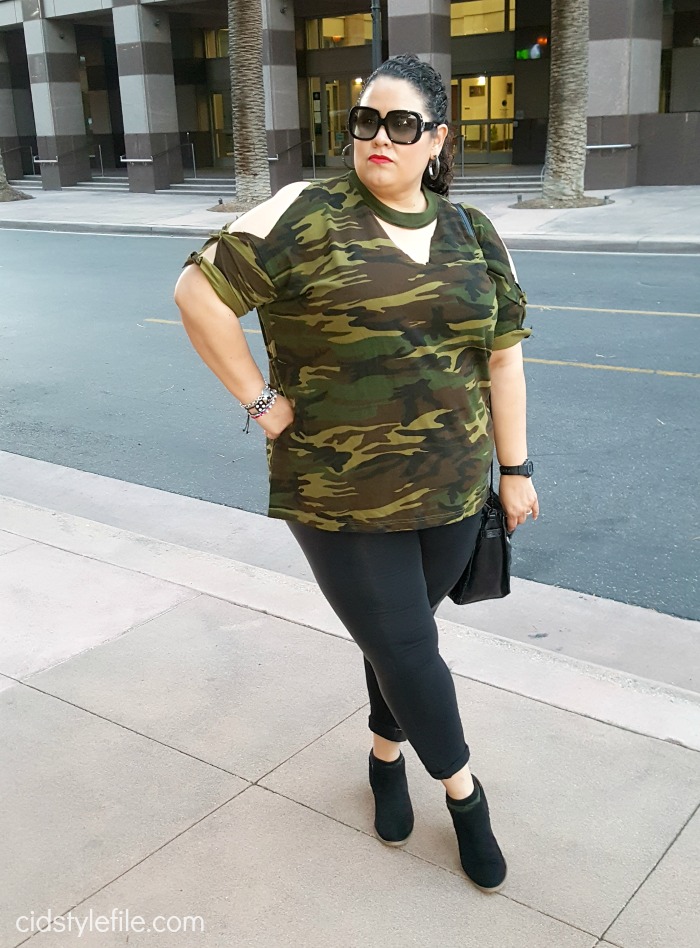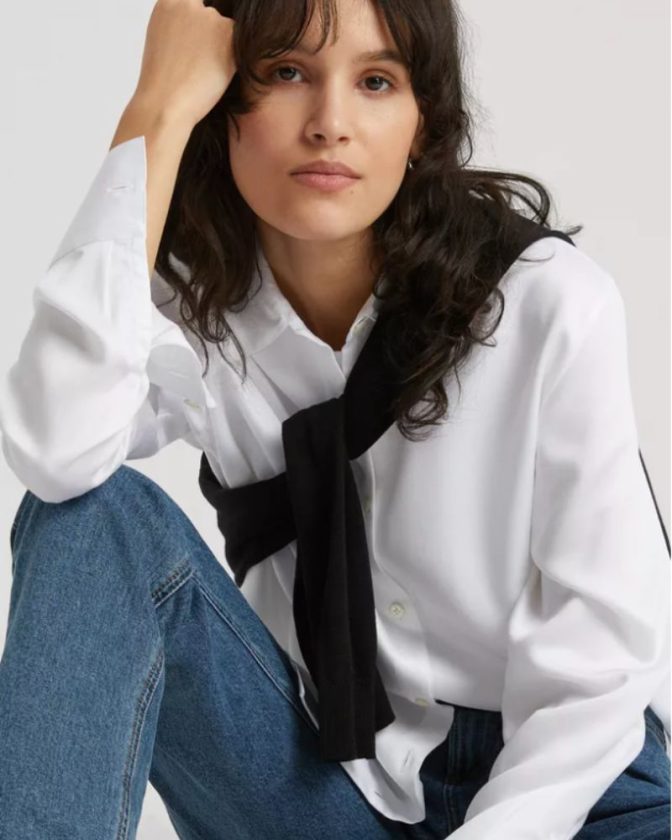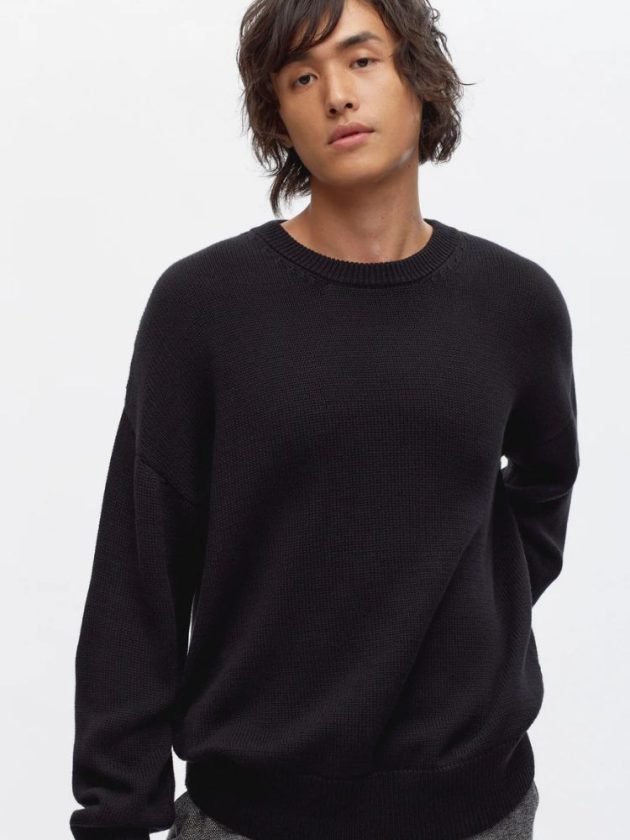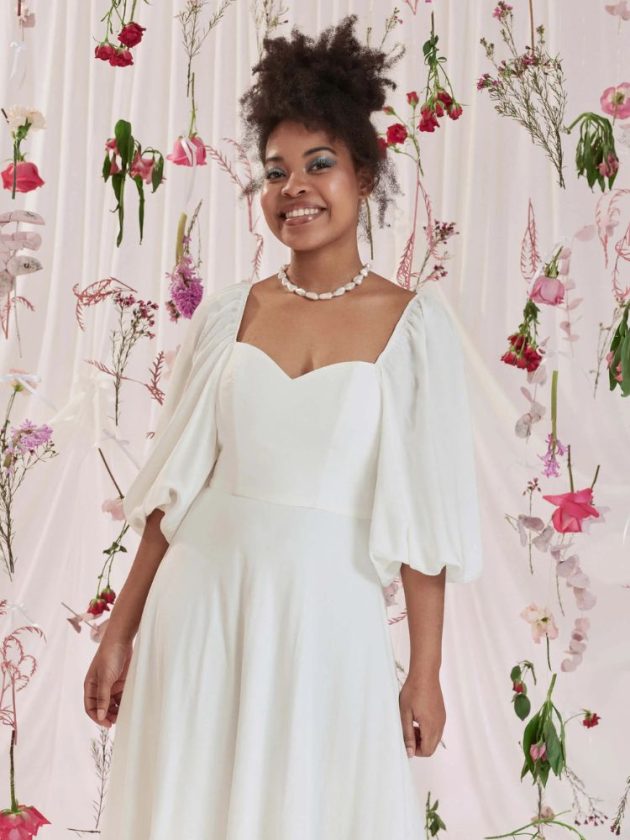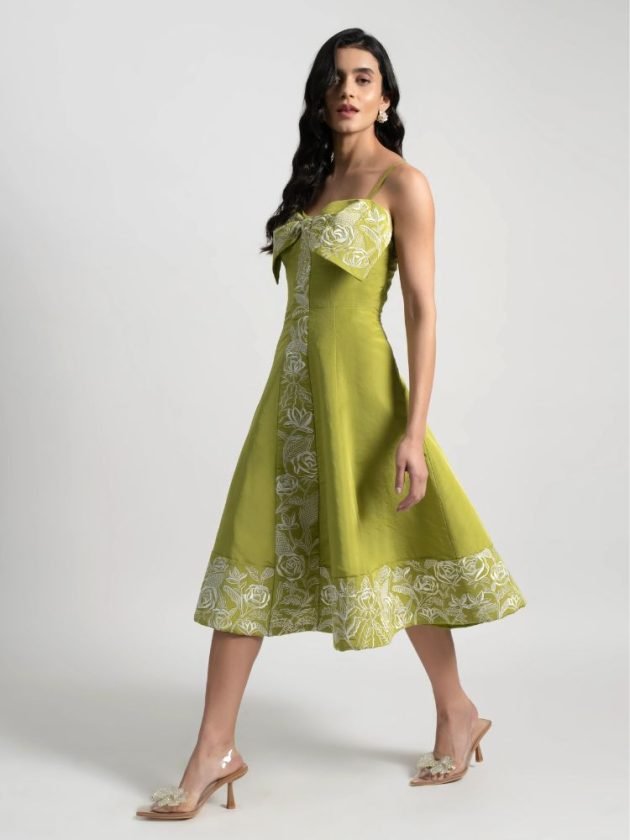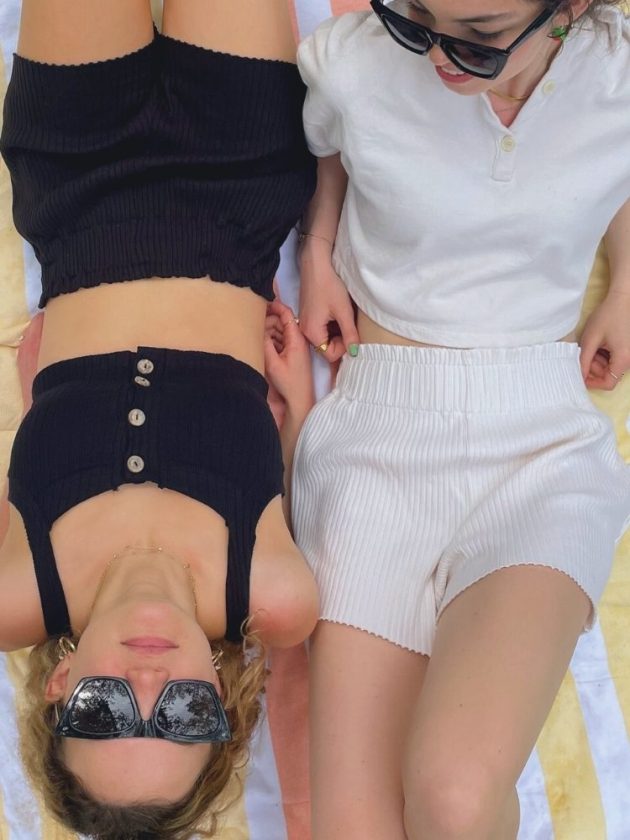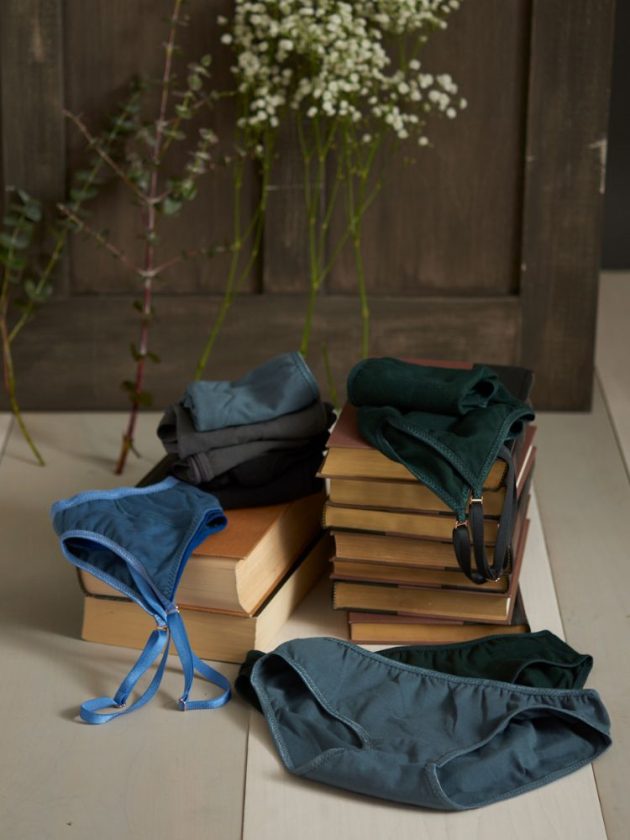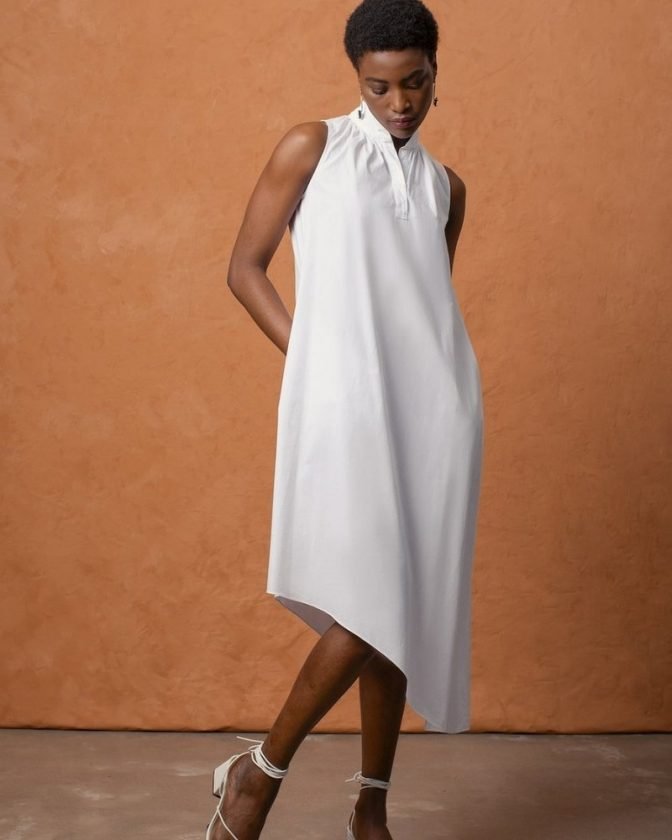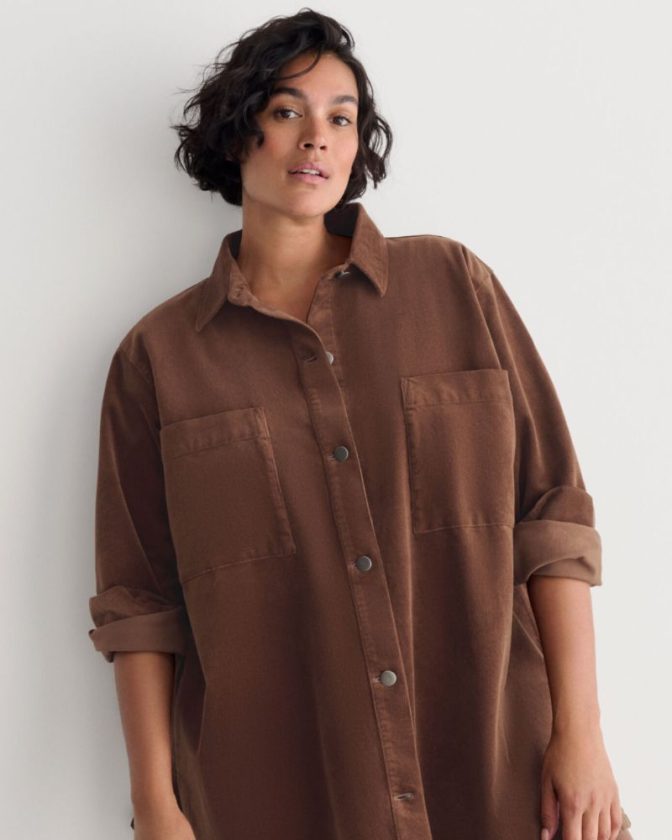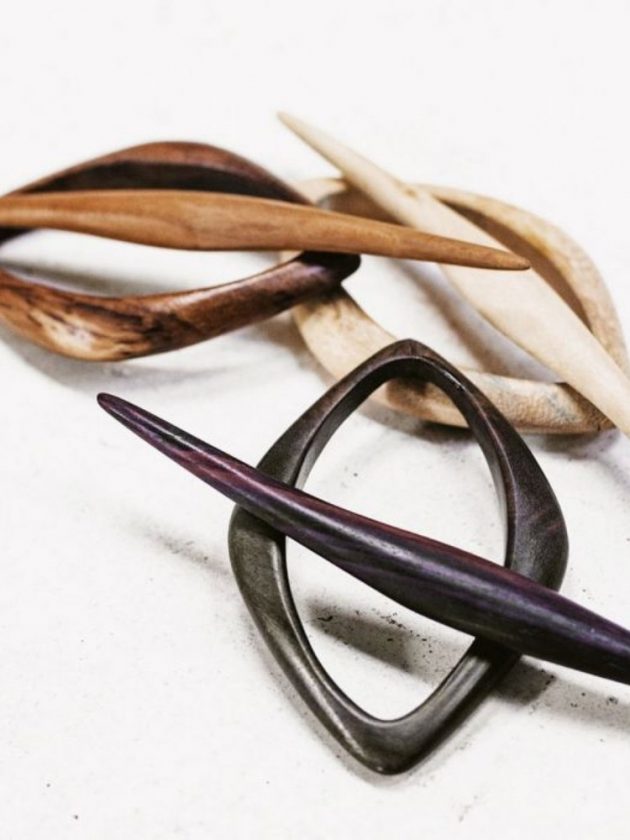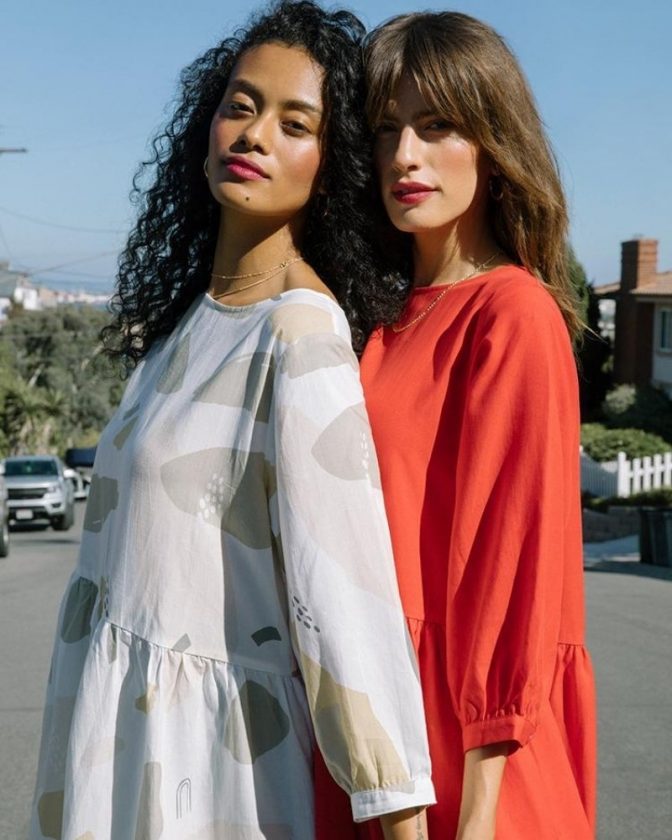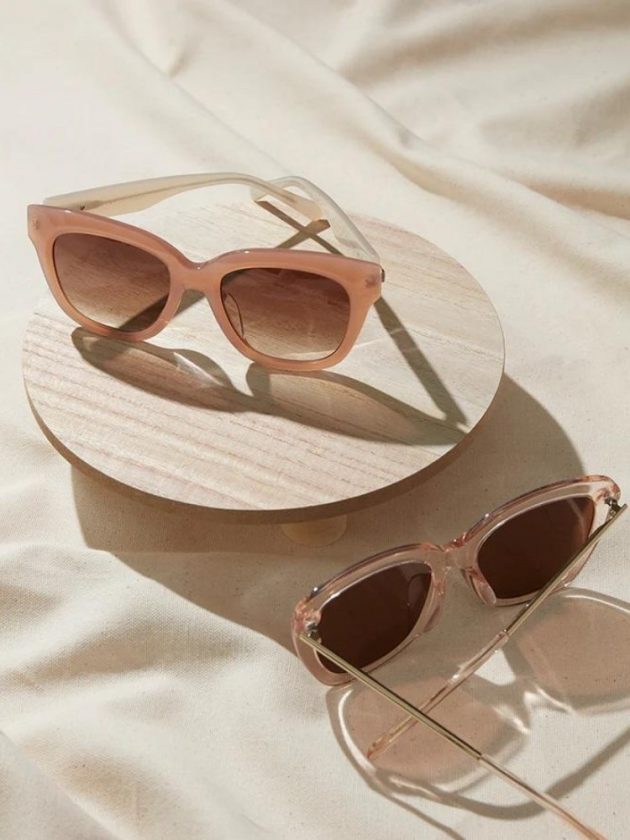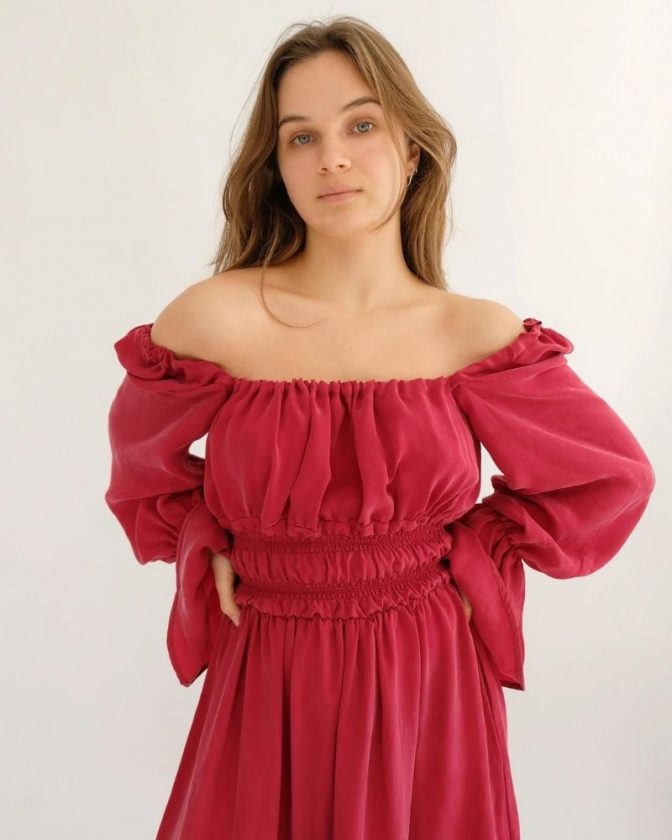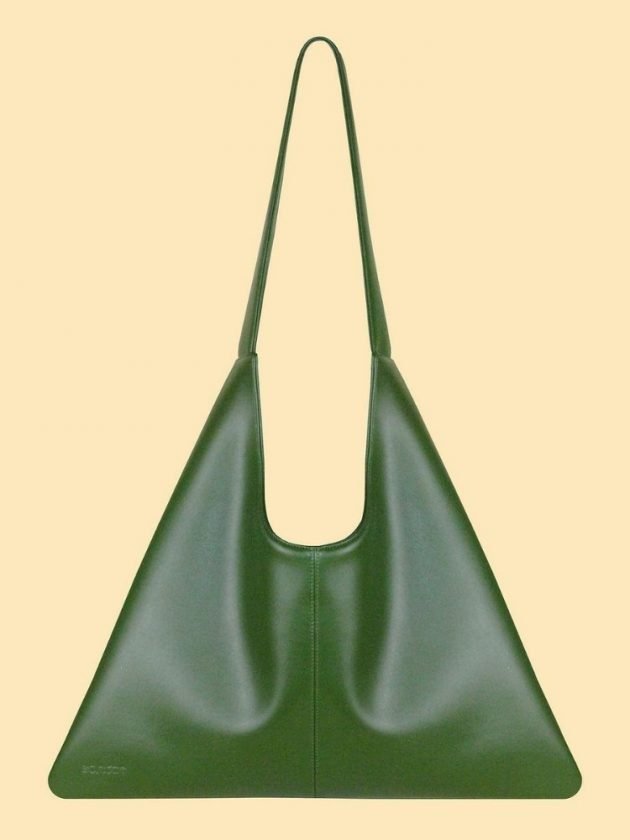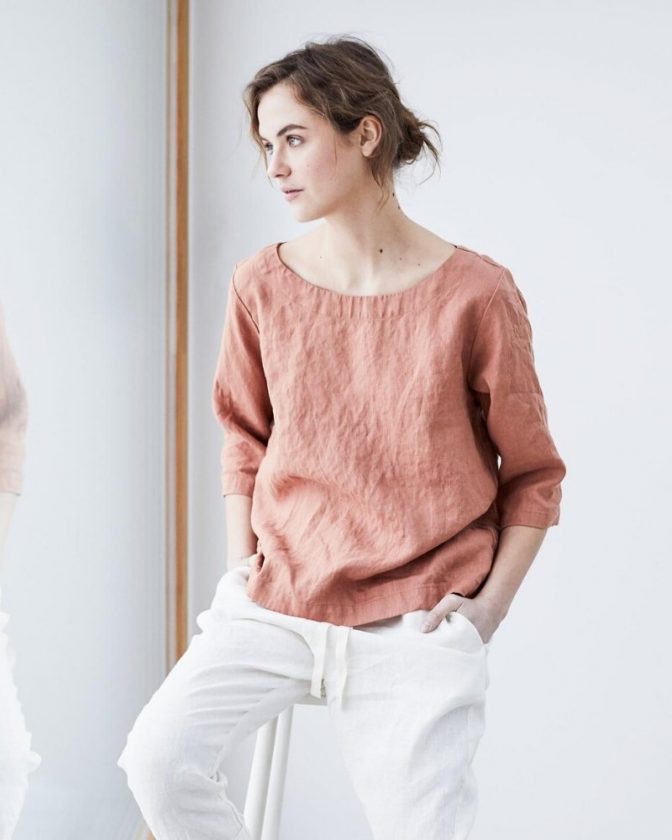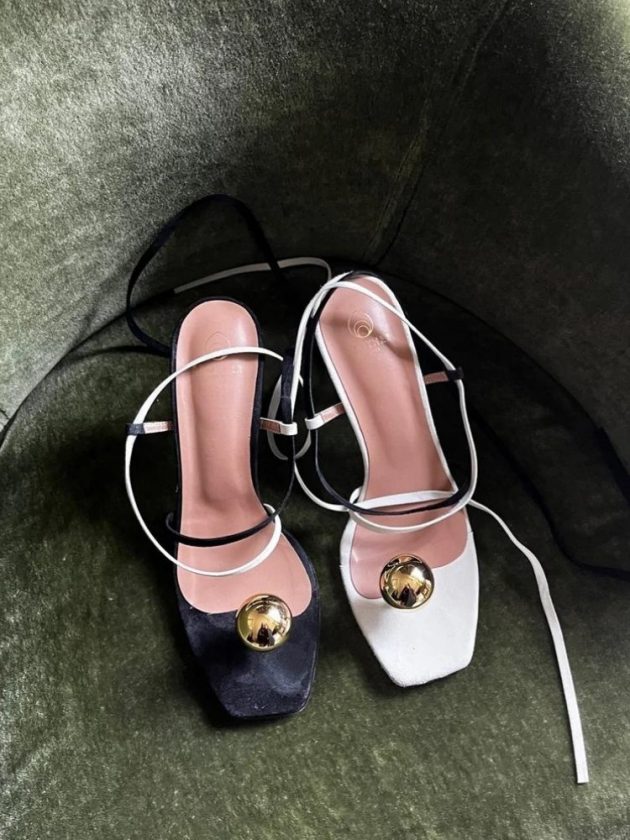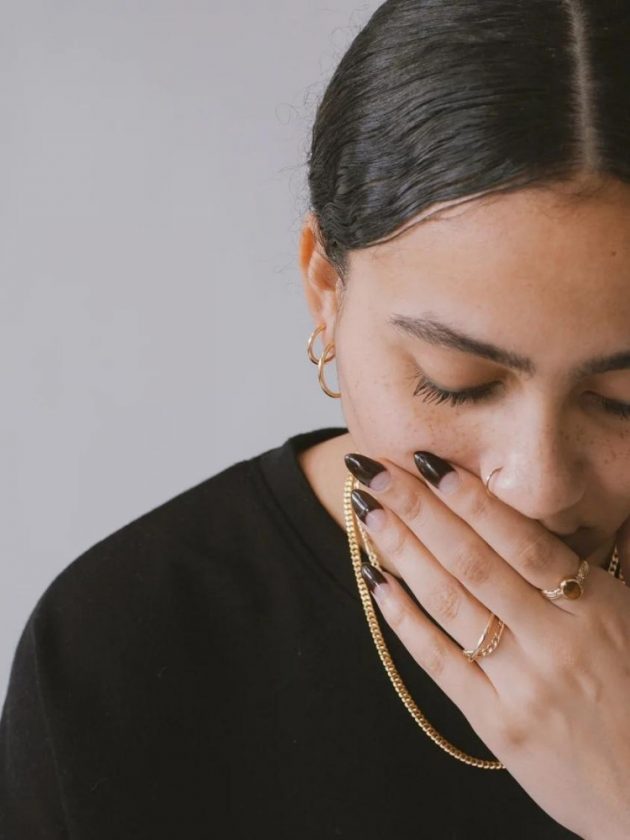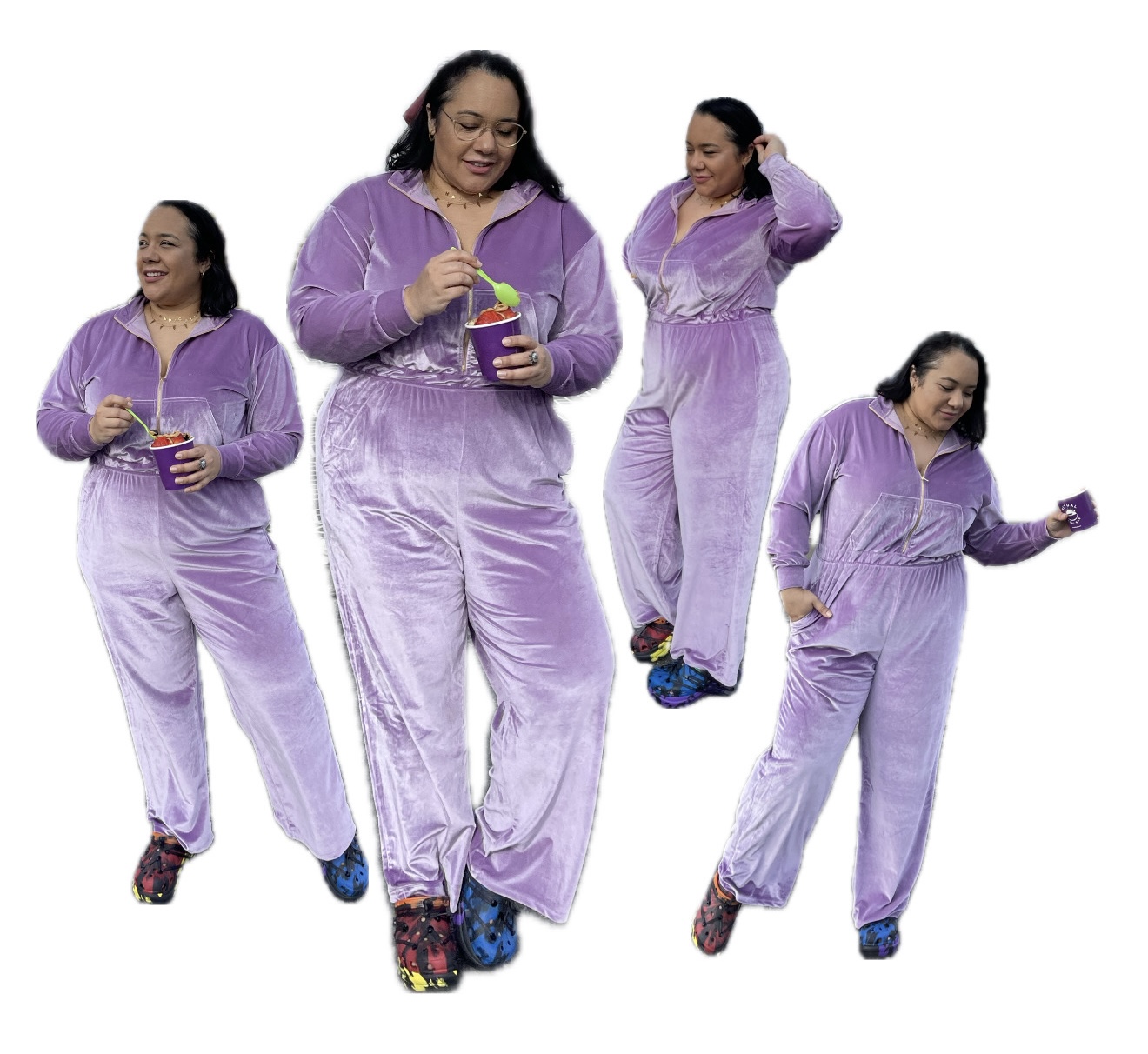Sejujurnya aku sendiri bukan orang yang percaya membeli produk fashion via online. Berkali-kali kecolongan mulai dari produk tidak sesuai dengan foto, ukuran yang tidak pas, sampai product defect (bolong, menyusut, tidak lengkap) sudah aku alami.

Aku sendiri memutuskan buat cobain The F Thing karena brand yang ditawarkan pun pas dengan selera dan kebutuhan aku, kemudian brand-brandnya pun semua berkarakter dan trendy. Salah satu brand lokal yang aku suka seperti CALLA pun ada di sini, yay!
3 Alasan Harus Belanja di The F Thing
Ada 3 alasan lain kenapa aku suka belanja di sini:
30 Days Free Returns – Nah balik lagi ke masalah utama aku kalau belanja item fashion online: suka ada aja gak cocoknya. Di sini kita bisa cobain dan produknya ketika sampai, tapi kalau merasa tidak pas atau tidak cocok, bisa dikembalikan kok! Lebih secure jadinya buat belanja di sini.
Free Voucher – Di The F Thing juga ada free voucher dan discount lho. Siapa sih yang gak suka diskon? Di sini selalu ada promosi menarik, baik hadiah free voucher dan diskon.

Free Shipping – Alasan terakhir tapi paling mumpuni: bebas ongkir! Yayyyy ini bagian paling favorit karena aku tuh paling sensitif sama masalah shipping.
Fitur Favorit
Fitur yang paling aku suka itu Mystery Box!

Haissh, apakah memang ku suka judi atau gimana, tapi element of surprise itu memang selalu menjadi daya tarik tersendiri buat aku. Anaknya ga kuat kalo ditawarin Mystery Box begini!
Kalau e-commerce lain biasanya menawarkan bundle atau package dimana kita udah tau apa isinya, nah, The F Thing menawarkan excitement lebih dengan kita beli box senilai Rpxxx tanpa tau apa produk dan brand di dalamnya!
Mystery Box dibagi menjadi dua: untuk pria dan wanita.
Variasi kategori dan produk di dalamnya juga cukup banyak. Tidak hanya pakaian, tas, dan sepatu, di sini juga bisa belanja kosmetik, hehehe… Racun banget deh ini e-commerce. 😝
Pengalaman Belanja

Waktu browsing, aku memang lagi cari ransel mini gitu buat sehari-hari. Soalnya setelah diudak-udak, aku ga punya ransel kecil, semuanya gedeeee…
Akhirnya pilihan aku jatuh pada Herschel Nova Mini! Hehe, setelah konsul sana-sini buat pilih warna yang pas, akhirnya langsung add to cart si mini Faded Denim ini.
Selain itu aku pun cobain buat beli Mystery Box, tapi yang aku beli FOR GENTS, sekalian belanja buat pacar, hehehe..

Before bigger damage is coming, aku langsung checkout dan bayar, hahaha! Oiya, kamu juga bisa masukin kode voucher buat dapetin potongan harga yah.. Untuk pembayaran pun gampang banget, hampir semua metode pembayaran bisa digunakan di sini baik transfer bank, kartu kredit, sampaig GoPay.
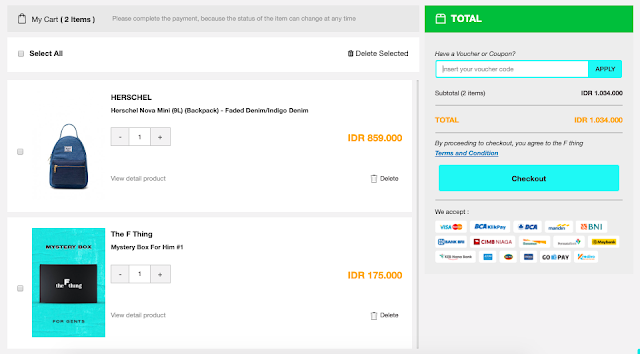

Jadi The F Thing memang jadi one stop solution buat berbelanja dan referensi fashion. Yang lebih menarik lagi, The F Thing tuh lagi ngerayain 2nd Anniversary #TheFThingTurns2 lho! Ada giveaway dengan grand prize 2 buah motor Genio untuk 2 top spender selama bulan September.
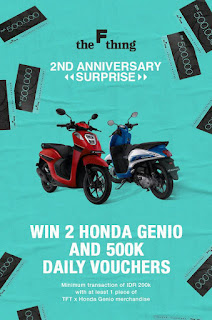
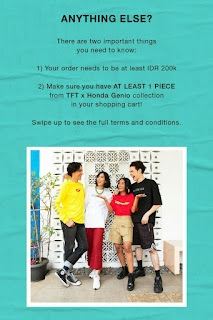
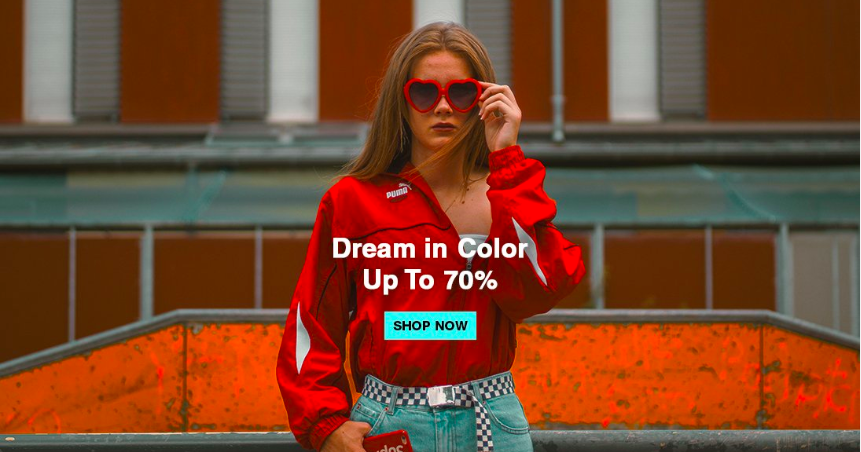
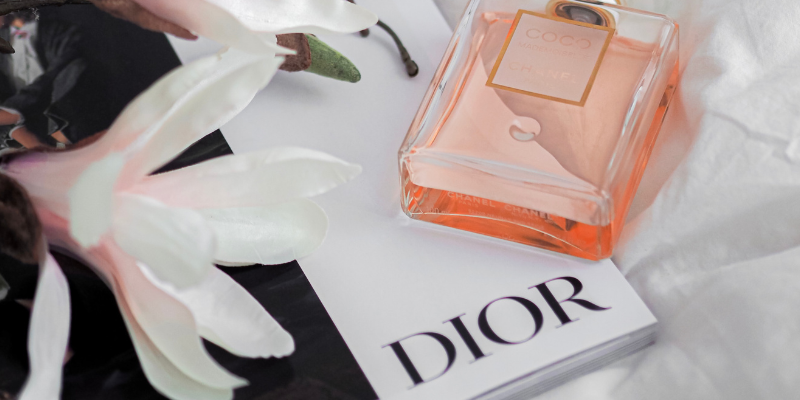
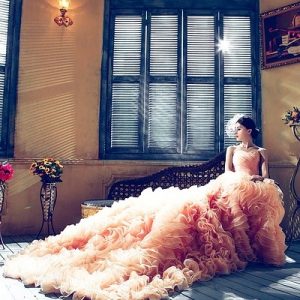 Haute couture collections are only shown in Paris every January and July. These are the clothes designers custom make for you in their ateliers, many of them works of art…with a price tag to match. Couture clothes require custom fittings, and garments can take anywhere from a few days to a few months to make, depending on the level of detail required.
Haute couture collections are only shown in Paris every January and July. These are the clothes designers custom make for you in their ateliers, many of them works of art…with a price tag to match. Couture clothes require custom fittings, and garments can take anywhere from a few days to a few months to make, depending on the level of detail required.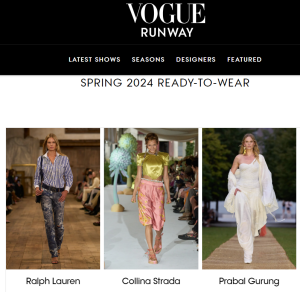 Vogue Runway has the largest archive of fashion show images on the web.
Vogue Runway has the largest archive of fashion show images on the web.
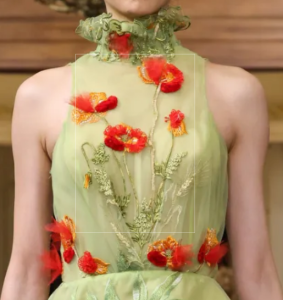 Women’s Wear Daily has fashion week collections available online for free.
Women’s Wear Daily has fashion week collections available online for free.